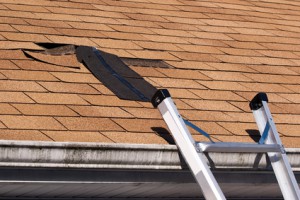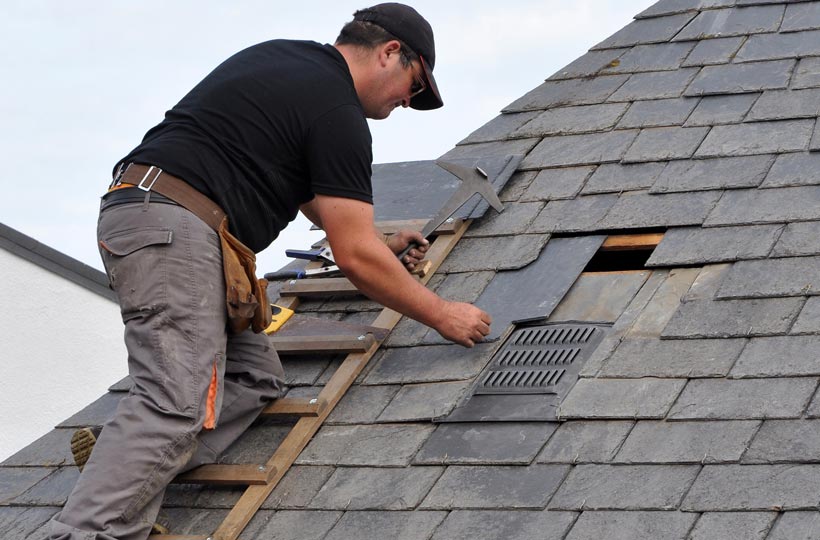Roofing Companies Oahu: Premier Roofers for All Roofing Projects
Roofing Companies Oahu: Premier Roofers for All Roofing Projects
Blog Article
Recognizing the Different Kinds of Roofs: A Comprehensive Guide for Homeowners
In the realm of homeownership, selecting the appropriate roof covering style is a choice that brings significant implications for both capability and aesthetic appeal. With an array of options-- ranging from the traditional gable to the contemporary level-- each kind offers special advantages and difficulties that ought to line up with the home owner's ecological factors to consider and certain needs. Understanding these distinctions not just help in making an enlightened selection however additionally influences lasting upkeep and energy effectiveness. As we check out the details of various roofing system types, it ends up being noticeable that one dimension does not fit all; the best selection might amaze you.
Saddleback Roof
Gable roofs, identified by their triangular form, are among one of the most popular roof covering styles due to their simpleness and performance in losing water and snow. This layout includes 2 sloping sides that fulfill at a ridge, permitting efficient water drainage and lessening the danger of water buildup. The high pitch frequently connected with gable roof coverings boosts their ability to deal with hefty precipitation, making them ideal for various climates.
Along with their useful advantages, saddleback roofs offer aesthetic adaptability. They can be adapted to different architectural designs, from standard to modern-day homes. The design can likewise suit additional attributes such as dormer windows, which improve natural light and air flow in the attic room area.
Moreover, gable roof coverings provide sufficient room for insulation, adding to power efficiency. House owners can select from a range of roof materials, including asphalt roof shingles, metal, and floor tiles, better enhancing modification choices.
In spite of their advantages, gable roofs might require added support in locations susceptible to high winds or heavy snowfall. On the whole, the saddleback roof remains a preferred option due to its mix of functionality, durability, and visual allure.
Flat Roofs
Level roof coverings are typically recognized for their minimalist layout and sensible applications, especially in business and industrial settings (oahu roofing). These roofing systems feature a horizontal or nearly horizontal surface, which enables easy building and flexible area use. While they may lack the aesthetic charm of pitched roof coverings, level roofing systems offer various benefits, specifically in metropolitan atmospheres where taking full advantage of area is vital
One of the primary benefits of flat roof coverings is their accessibility. Homeowners can utilize the roof area for various purposes, such as rooftop gardens, balconies, or solar panel setups. Furthermore, level roofings are typically much more affordable to preserve and install compared to their sloped equivalents, as they require less products and labor.
However, flat roof coverings do present certain difficulties. Correct drainage is important to stop water merging, which can lead to leaks and structural damages. Thus, picking high-grade waterproofing materials and routine assessments are critical for making certain durability. Typical products made use of for level roofing systems include built-up roof (BUR), changed bitumen, and single-ply membranes, each offering distinctive benefits. Generally, level roofing systems serve as a adaptable and practical choice for numerous home owners and organizations alike.
Hip Roof Coverings
Hip roofing systems are defined by their sloped sides that merge at the top, creating a ridge. This layout stands out from saddleback roofs, as all 4 sides of a hip roof covering slope downwards toward the walls, providing a more stable framework. The angle of the inclines can differ, enabling for flexibility in architectural aesthetics and performance.
Among the main benefits of hip roofings is their capacity to withstand hefty winds and unfavorable weather. The sloped surfaces allow better water drainage, decreasing the threat of leakages and water damages. Furthermore, hip roofings offer increased attic room area, which can be utilized for storage space or even transformed into comfortable areas.
However, constructing a hip roofing system can be extra expensive and complex than easier roofing system kinds, such as gable roofings. The extra product and labor included in producing the inclines and ensuring appropriate architectural stability can lead to higher expenses. In spite of these drawbacks, numerous homeowners prefer hip roofing systems for their resilience, visual allure, and capacity for energy efficiency.
Mansard Roofings
Mansard roofings, typically identified by their unique four-sided style, function 2 slopes on each side, with the lower slope being steeper than the upper. This architectural design, originating from France in the 17th century, is not just visually enticing but functional, as it makes best use of the useful area in the upper floors of a building. The steep lower incline enables more clearance, making it a perfect selection for attics or lofts, which can be transformed right into living areas.
Mansard roofs are characterized by their adaptability, accommodating numerous architectural designs, from typical to modern-day. They can be built with different materials, including asphalt roof shingles, slate, or steel, giving home owners with a series of choices to fit their budget plans and preferences. Additionally, the layout permits for the assimilation of dormer home windows, enhancing natural light and ventilation in the top degrees.
However, it is necessary to consider the possible downsides. Mansard roofs may require even more maintenance because of the complexity of their style, and their steep inclines can be challenging for snow and rainfall drainage. On the whole, mansard roofing systems integrate sophistication with functionality, making them a popular option amongst property owners looking for unique architectural attributes.
Lost Roof Coverings
As house owners progressively seek simpleness and functionality in their building layouts, dropped roofings have become a prominent selection. Defined by a single sloping airplane, a shed roof offers a minimalist visual that complements different home styles, from modern to rustic.
One of the key advantages of a shed roofing is its uncomplicated building, which usually translates to reduce labor and product prices. This design permits reliable water drain, reducing the danger of leakages and water damages. In addition, the vertical slope offers adequate room for skylights, enhancing natural light within the inside.
Lost roof roofing oahu coverings also provide adaptability in regards to use. They can be properly incorporated into additions, garages, or outdoor structures like structures and sheds. Furthermore, this roof covering design can accommodate various roofing materials, including metal, asphalt shingles, or perhaps green roofing systems, lining up with green campaigns.
Nonetheless, it is essential to consider local environment problems, as hefty snow tons may necessitate adjustments to the roof's angle or structure. Overall, lost roof coverings offer a sensible and visually pleasing choice for house owners seeking to make best use of capability without jeopardizing style.
Conclusion


Gable roof coverings, characterized by their triangular shape, are amongst the most preferred roofing styles due to their simpleness and performance in shedding water and snow. oahu roofing. The steep pitch frequently linked with gable roofs enhances their capability to manage hefty rainfall, making them suitable for numerous environments
While they might do not have the visual allure of pitched roofs, flat roofings use countless benefits, especially in urban atmospheres where maximizing space is important.

Report this page